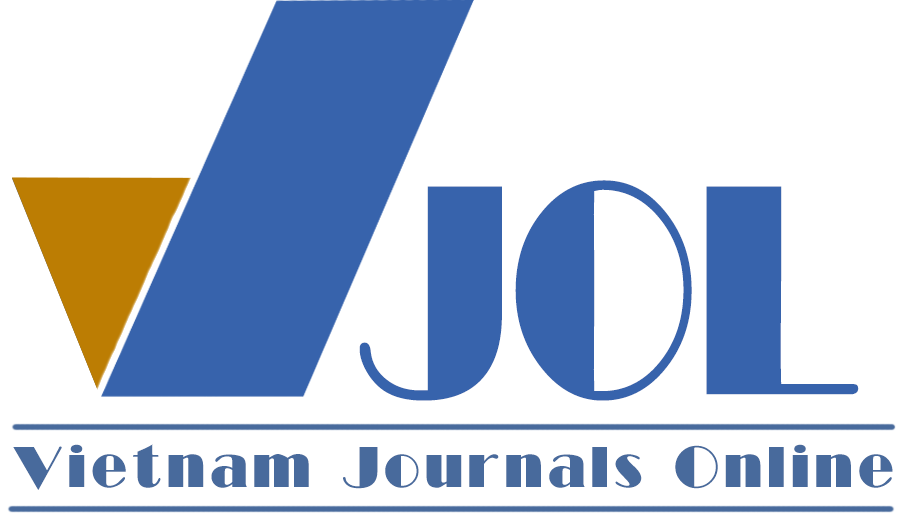ADAPTATION OF 6TH GRADE STUDENTS TO MATHEMATICS ASSESSMENT STANDARDS
DOI:
https://doi.org/10.18173/2354-1075.2024-0136Keywords:
assessment, competency, end-of-year examination, Mathematics, standardAbstract
This paper examines how the 2018 general education curriculum aligns with competency-based assessment standards, with a particular focus on 6th-grade mathematics. The research encompasses the design and implementation of a computer-based end-of-year mathematics exam, created between March 1 and May 15, 2023, and administered to over 3,850 students via the AEGlobal educational platform. The study underscores the importance of a competency-based assessment framework in education, exemplifies this through the development of a mathematics assessment tool, and offers insights into student adaptability to the new standards. Furthermore, it contributes to enhancing teaching and learning quality across the general education system.
Downloads
References
[1] Graham SM, (2002). Are Core Learning Outcomes ‘Standards’?. Queensland School Curriculum Council.
[2] Graham SM, (2009). Defining Standards for the 21st Century, In: Claire WS and Joy C. Educational Assessment in the 21st Century: Connecting Theory and Practice. Springer Netherlands, p. 263-286. doi: 10.1007/978-1-4020-9964-9_14.
[3] OECD, (2013). Learning Standards, Teaching Standards and Standards for School Principals: A Comparative Study. doi: 10.1787/5k3tsjqtp90v-en.
[4] Council of Chief State School Officers, (2023), Mathematics Standards Common Core State Standards Initiative. https://www.thecorestandards.org/Math/.
[5] Singapore Ministry of Education, (2013). Mathematics Syllabus - Primary One to Six. https://www.moe.gov.sg/-/media/files/primary/mathematics_syllabus_primary_1_to_6.pdf.
[6] Vietnam Ministry of Education and Training, (2018). Circular 32/2018/TT-BGDDT – 2018 General Education Curriculum (in Vietnamese).
[7] Vietnam Ministry of Education and Training, (2021). Circular 22/2021/TT-BGDDT – Guidelines for assessing high school students (in Vietnamese).
[8] Frank BB, (2001). The Basics of Item Response Theory (Second Edition). https://eric.ed.gov/?id=ED458219.
[9] Margaret W, Hak PT & Tsung-Hau J, (2016). Educational Measurement for Applied Researchers. Springer Singapore. doi: 10.1007/978-981-10-3302-5.
[10] Gábor S, (2008). Applying Item Response Theory in Language Test Item Bank Building. Peter Lang. doi: 10.3726/978-3-653-01167-8.
[11] Thiep LQ, (2010). Measurement in Education - Theory and Application. Vietnam National University Press (in Vietnamese).







